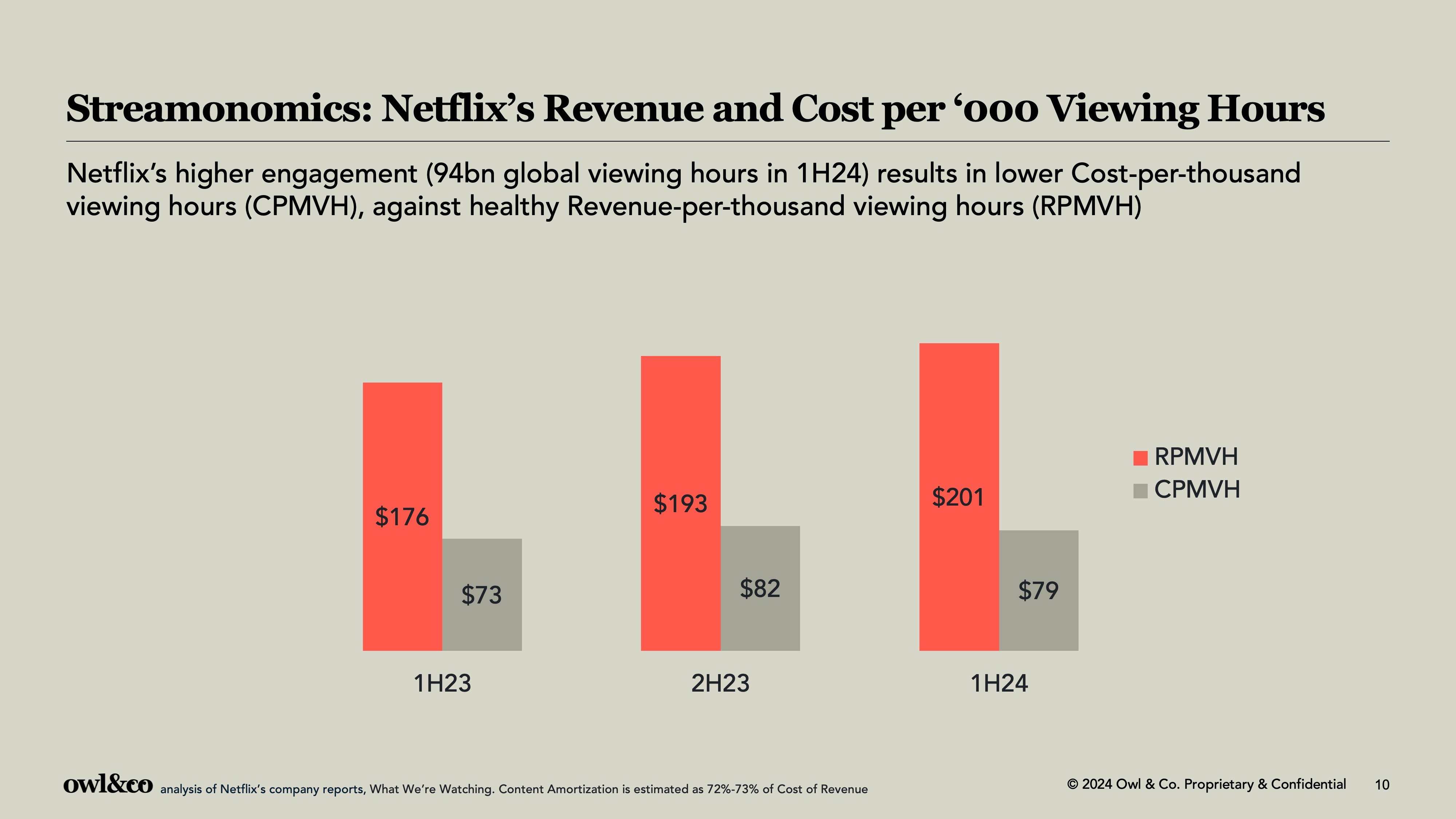How much is a subscriber worth? What about an hour of viewing? And how much do you need to spend to get that subscriber or extra hour of viewing? How much cheaper is it to retain an existing subscriber than acquire a new one? And how many viewing hours per month are needed to prevent churn?
If I create a TV show or a movie, how can I better understand, then predict how many subscribers, ad dollars or viewing hours it will generate? Who’s better positioned to monetize them, and how do I maximize the my return?
All these questions go the heart of Streamonomics™ —the unit economics of TV/Film creation, licensing and marketing in the age of paid and free streaming. I got my first taste of unit economics when I began working in cable television: channel owners charged a monthly fee per subscriber to cable and satellite operators, who then packaged the channels, added a premium and sold the bundle to their subscribers. Advertising was sold on Cost Per Thousand Viewers (CPM). As my career progressed and I was exposed to premium pay TV, broadcast, and colleagues who worked on the theatrical side, I constantly compared which models were best suited to each kind of content.
But in media, audience-based unit economics were usually analyzed only on the revenue side. On the cost side...

